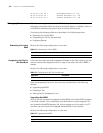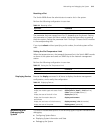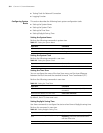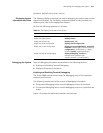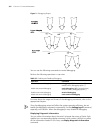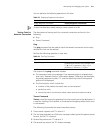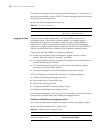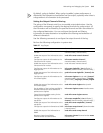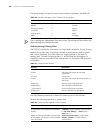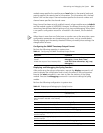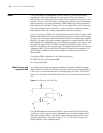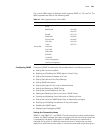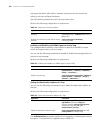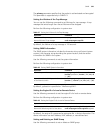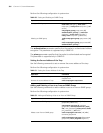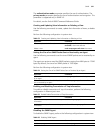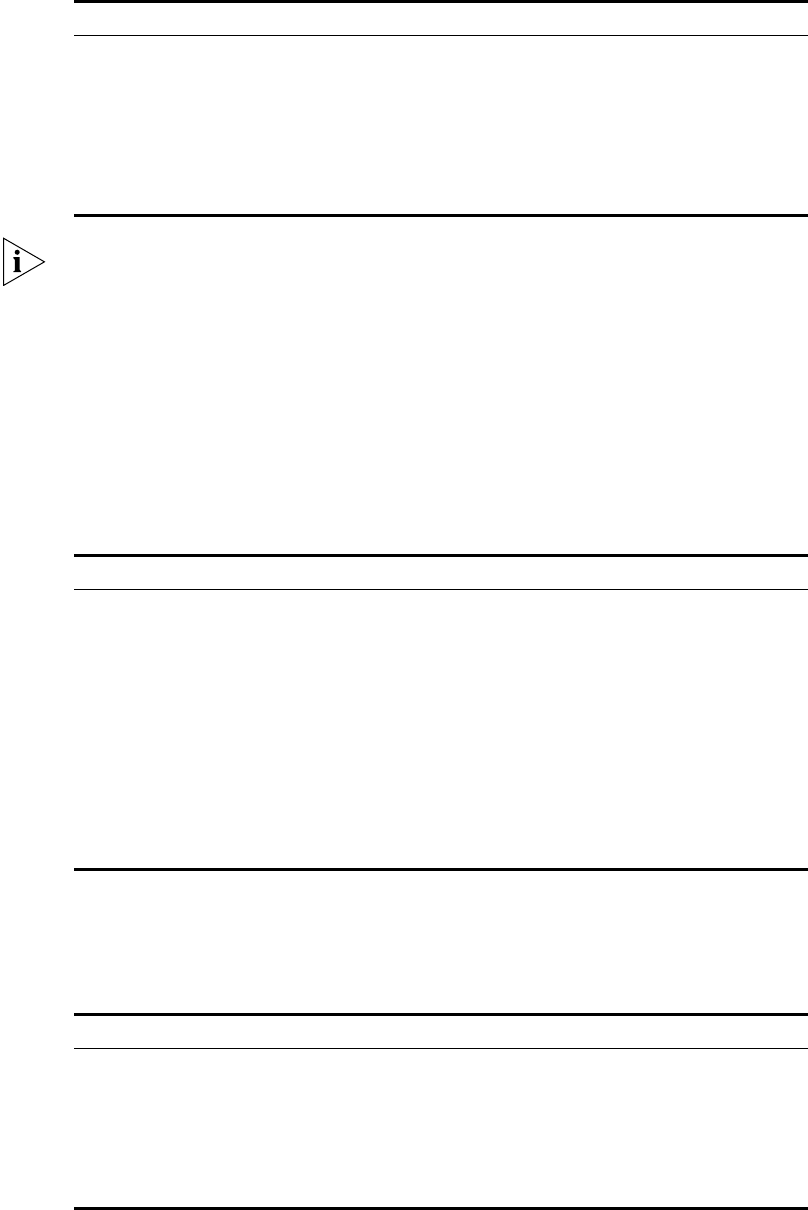
320 CHAPTER 11: SYSTEM MANAGEMENT
The system assigns a channel in each output direction by default. See Table 38.
The six settings are independent from each other. The settings will take effect only
after enabling the information center.
Defining the Log Filtering Rules
The SYSLOG classifies the information into eight levels of severity. The log filtering
prevents the system from outputting information whose severity level is greater
than the set threshold. The more urgent the logging packet is, the lower its
severity level. The level for emergencies is 1, and the level for debugging is 8.
Therefore, when the threshold of the severity level is 8, the system will output all
information.
Use the following commands to define the filtering rules of the channels.
Perform the following operation in system view.
Table 38 Numbers and Names of the Channels for Log Output
Name Channel number Default channel name
Console 0 console
Monitor 1 monitor
Info-center loghost 2 loghost
Trap buffer 3 trapbuf
Logging buffer 4 logbuf
SNMP 5 snmpagent
Table 39 Syslog-Defined Severity
Severity Description
1 Emergencies The extremely emergent errors
2 Alerts The errors that need to be corrected
immediately.
3 Critical Critical errors
4 Errors The errors that need to be addressed but are
not critical
5 Warnings Warning, there might be an error
6 Notifications The information should be read
7 Informational Common prompting information
8 Debugging Helpful information for debugging
Table 40 Define the Filtering Rules of the Channels
Operation Command
Add the filtering record about a certain type
of information in a module to the information
channel
info-center source { module-name | default
} channel { channel-number | channel-name }
[ { log | trap | debug } * { level severity |
state state ] } *
Delete the filtering record about a certain type
of information in a module or all the modules
from the channel
undo info-center source { modu-name |
default } channel { channel-number |
channel-name }



